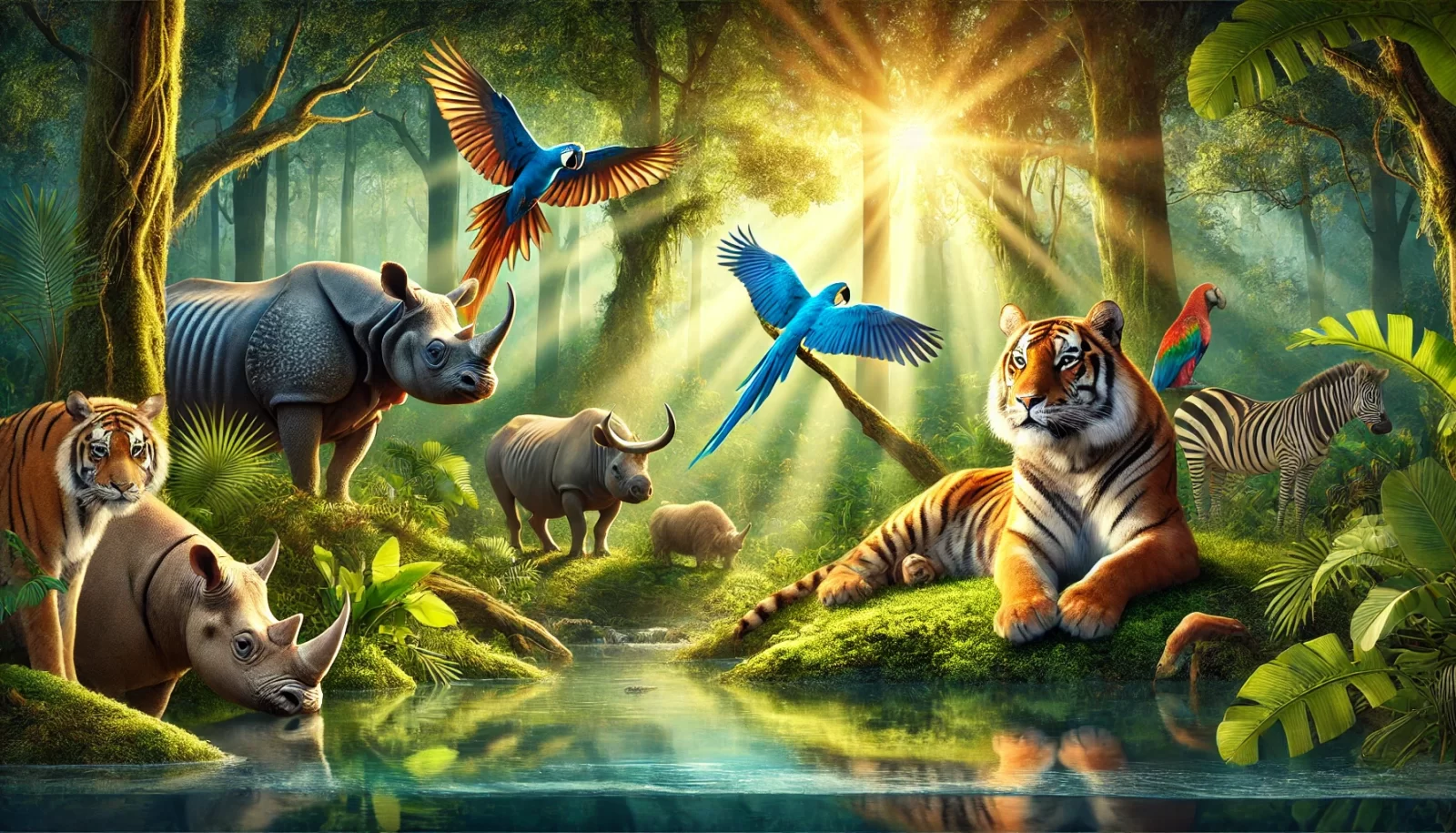Central America is home to a remarkable diversity of fauna and flora, many of which are classified as endangered species by the International Union for Conservation of Nature (IUCN).

🌿 Why Protecting Endangered Species in Central America Matters Now
Central America is one of the most biologically diverse regions on the planet, home to thousands of unique species found nowhere else. From the majestic jaguar to the critically endangered great green macaw, these animals are not just icons of natural beauty — they are vital to the health of entire ecosystems.
Yet, deforestation, illegal wildlife trade, climate change, and habitat fragmentation are accelerating the decline of biodiversity at an alarming rate. When species disappear, they take with them complex ecological relationships, disrupting food chains, pollination systems, and natural processes like carbon sequestration and soil regeneration. In short, the collapse of one species can destabilize entire ecosystems.
But the importance of protecting these species goes beyond science — it’s about cultural heritage, food security, and the future of local communities that depend on nature for survival. Indigenous peoples, rural families, and even urban economies across the region rely on the stability and services provided by healthy ecosystems.
Conserving endangered species in Central America is not just an act of environmental responsibility — it is a moral and strategic imperative. The time to act is now, while we still have a chance to protect what remains and restore what has been lost. Each action, no matter how small, contributes to a larger effort to safeguard life on Earth — starting with one of its most vibrant and vulnerable regions.
🐾 Mammals








- Jaguar (Panthera onca): Although classified as “Near Threatened” globally, it faces significant risks in Central America due to habitat loss and fragmentation.
- Giant Anteater (Myrmecophaga tridactyla): Considered “Endangered” in Nicaragua, primarily due to habitat loss.
- Margay (Leopardus wiedii): Listed as “Near Threatened”, with declining populations due to habitat loss and illegal hunting.
- White-lipped Peccary (Tayassu pecari): Classified as “Vulnerable”, facing threats including habitat loss, hunting, and potential diseases.
🐦 Birds






- Great Green Macaw (Ara ambiguus): Elevated to “Critically Endangered” in 2020, with populations declining due to the illegal pet trade.
- Yellow-headed Parrot (Amazona oratrix): Classified as “Endangered”, with populations reduced in countries like Mexico, Guatemala, Belize, and Honduras.
- Highland Guan (Penelopina nigra): Listed as “Vulnerable”, with population declines due to habitat destruction and hunting.
🐢 Reptiles

- Green Sea Turtle (Chelonia mydas): Populations in the Central South Pacific and Eastern Pacific are categorized as “Endangered” and “Vulnerable”, respectively, impacted by climate change and incidental capture.

